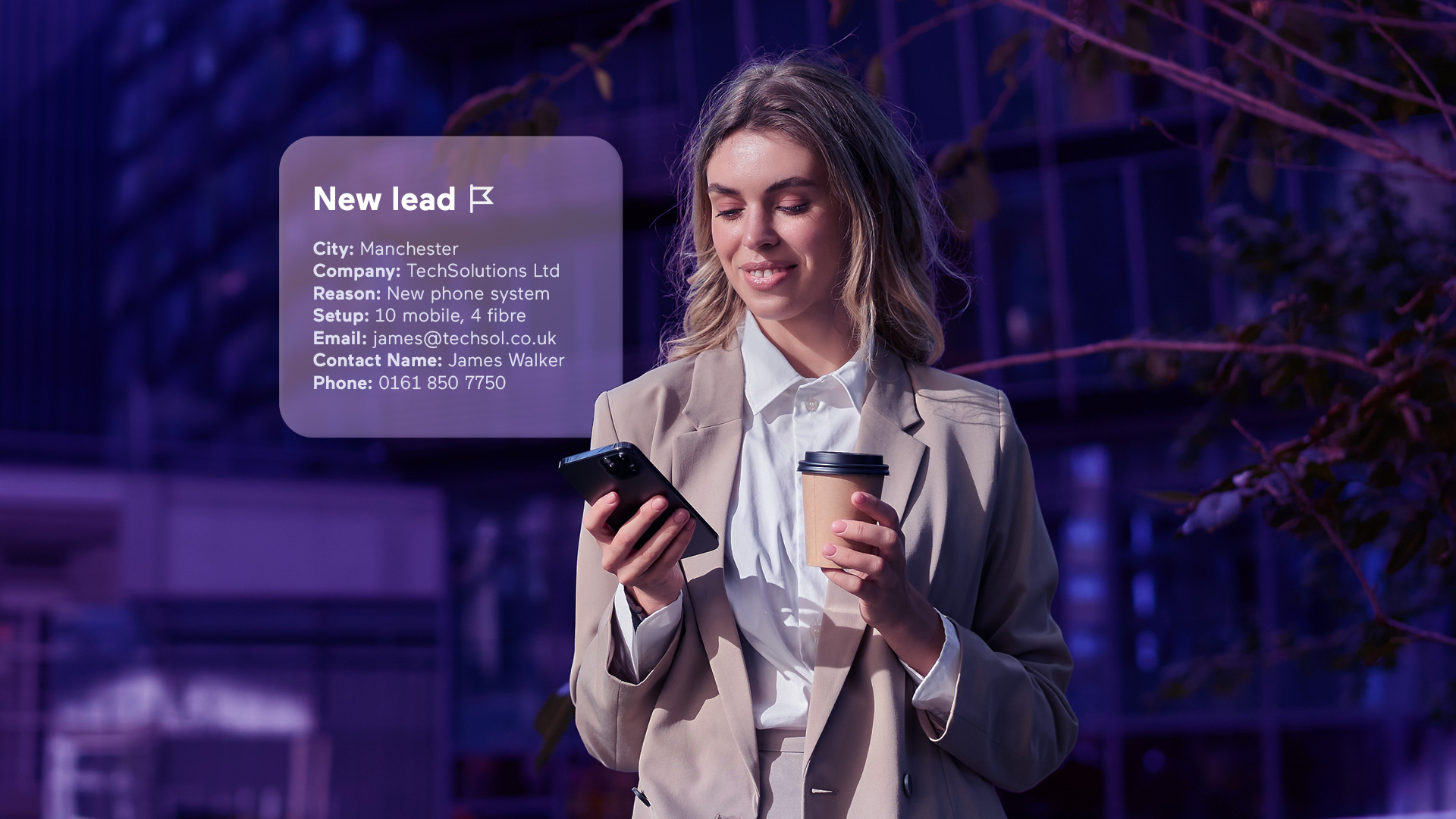Is your sales team spending hours chatting with users who never convert? If you want your reps to spend most of their time speaking with qualified leads and closing deals, keep reading.
AI gives us the opportunity to adopt a smarter strategy to streamline the conversion funnel: while a sales chatbot handles the Top of the Funnel (TOFU) by qualifying, filtering, and routing leads, your sales team can focus on MOFU and BOFU prospects.
Want to know how to design a chatbot that actually works—and more importantly, doesn’t ruin the user experience? Here are six essential tips to follow:
SIX TIPS FOR BUILDING A LEAD-QUALIFYING CHATBOT
1. DEFINE ITS PURPOSE
Before setting up your chatbot, be crystal clear about what role it will play in your sales process. Is it for booking meetings? Qualifying leads? Providing initial support? Set a clear and specific goal and stick to it.
2. MIRROR YOUR CURRENT USER EXPERIENCE
AI is now conversational—meaning it can engage users just like a human would: asking and answering questions, following a logical flow, and even picking up on emotions.
With that in mind, we recommend reviewing past conversations between your sales team and users to identify how they’ve successfully captured leads. If this is your first time using chat, try mimicking the approach your team takes when answering calls from new prospects.
3. DECIDE WHAT USER DATA YOU NEED
Reviewing these conversations will also help you pinpoint what details your sales team needs to follow up effectively. Make a checklist:
- Name
- Phone number
- Job title
- Company
- Need
4. DEFINE WHAT DATA THE BOT SHOULD CAPTURE
The beauty of AI is that, like a real person, it can capture even more context during the chat, such as:
- Which product it recommended based on the user’s needs.
- Why the user got in touch (demo, pricing, subscription, etc.).
- Which web page the chat originated from.
You can use this information to continuously improve your chatbot—and your website too. For instance, if users looking for info about a specific service keep messaging you from a different service page, that’s a sign they’re browsing for options or haven’t found the right product page.
5. LET THE BOT DISQUALIFY USERS
Using AI as a filter at the TOFU stage also means it can rule out leads that fall outside your target audience. For example, if you’re a B2B company offering services only to businesses, you’ll want to filter out end users.
That said, the bot will log every interaction, so you can still review and use that data—for instance, to run targeted email marketing campaigns.
6. TRACK BOT PERFORMANCE WITH A DASHBOARD
As we mentioned earlier, having a dashboard is key to tracking your chatbot’s performance. With it, you can:
- See the total number of conversations handled.
- Identify the web page URL where each chat was initiated.
- Filter by reason for contact to analyse chats related to “pricing”, for example.
- Check what percentage of queries the bot resolved in each category.
FINAL THOUGHTS
Chat is one of the few channels where users can’t easily tell if they’re speaking to a human or a bot. While transparency is important, the truth is: you can automate this channel without harming the user experience.
For sales teams that want to generate leads straight from their website, a chatbot that helps identify user needs and gather contact details automatically can free up valuable time to engage with high-intent leads. With the insights provided by AI, your team can tailor their pitch and move faster from lead to opportunity.
READY TO AUTOMATE YOUR LEAD GENERATION? GET IN TOUCH WITH OUR TEAM
Our experts are always on hand to listen and advise. Call us on 900 670 750, send us a WhatsApp, or fill in this form:
 Subscribe
Subscribe
 Ask for a demo
Ask for a demo

 3 min
3 min
